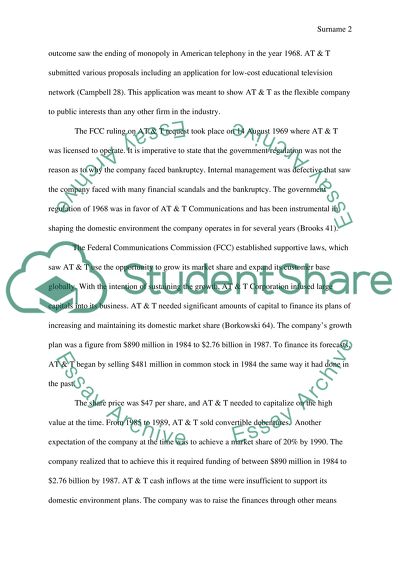Cite this document
(“Diversity in AT&T telecommunication company Essay”, n.d.)
Retrieved from https://studentshare.org/marketing/1402835-diversity-in-att-telecommunication-company
Retrieved from https://studentshare.org/marketing/1402835-diversity-in-att-telecommunication-company
(Diversity in AT&T Telecommunication Company Essay)
https://studentshare.org/marketing/1402835-diversity-in-att-telecommunication-company.
https://studentshare.org/marketing/1402835-diversity-in-att-telecommunication-company.
“Diversity in AT&T Telecommunication Company Essay”, n.d. https://studentshare.org/marketing/1402835-diversity-in-att-telecommunication-company.


